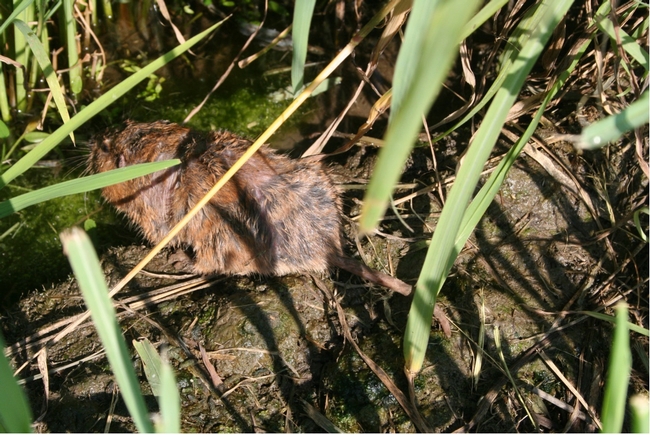We have had some interesting calls lately concerning issues we do not usually see in the fields. We have received calls about small circular areas with “snipped” rice in fields west of I-5.
As we stood at the edge of the field, a quiet rustle alerted us. We spotted a small, brown rodent slipping into the field, likely a Norway rat based on the length of the hairless tail, which was shorter than the length of the rodent's body.
The Norway rat is probably the most serious vertebrate pest of rice and it can feed throughout the season, from seedling stage to ripening grain. However, we have not seen a large amount of damage from these rodents, indicating that the level of infestation is not high enough to warrant treatment.
Bait boxes, zinc phosphide, and aluminum phosphine tablets are options for control (2024); however, there are additional requirements for these besides an applicator license or certificate. Zinc phosphide and aluminum phosphine are CA Restricted Materials and an additional Burrowing Vertebrate Fumigation qualification is required for aluminum phosphine use. If conditions suggest that rodenticide is the best option, the rodenticide and application method should be chosen with regard for potential non-target hazards. Consult your Agricultural Commissioner for specific information.
Attached Images:




